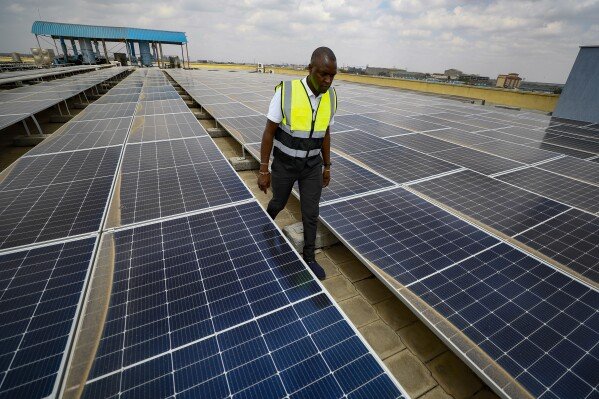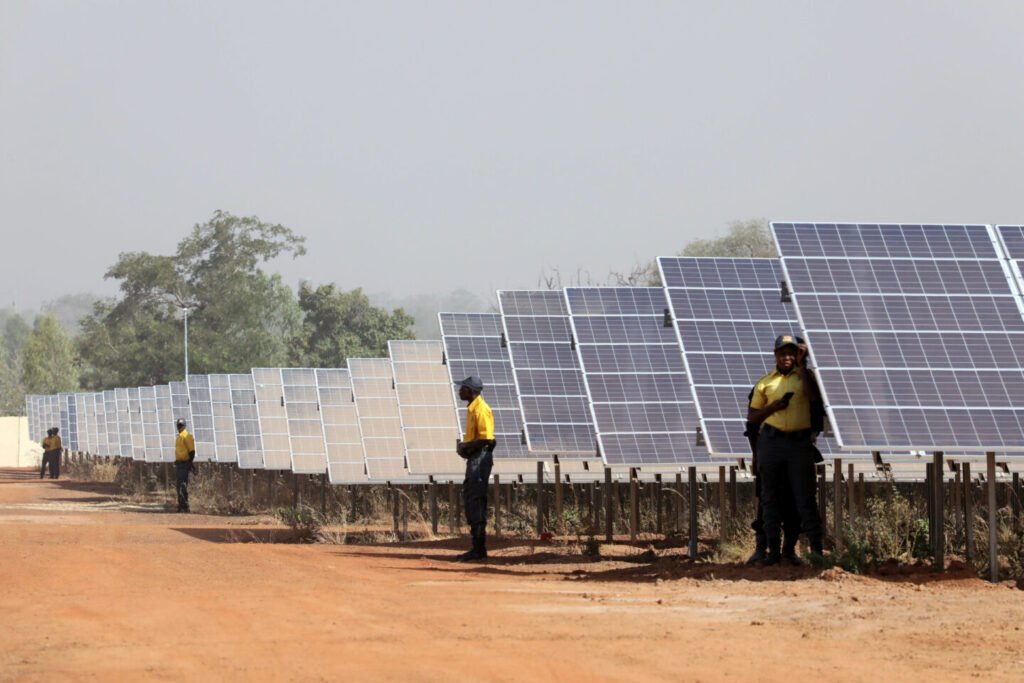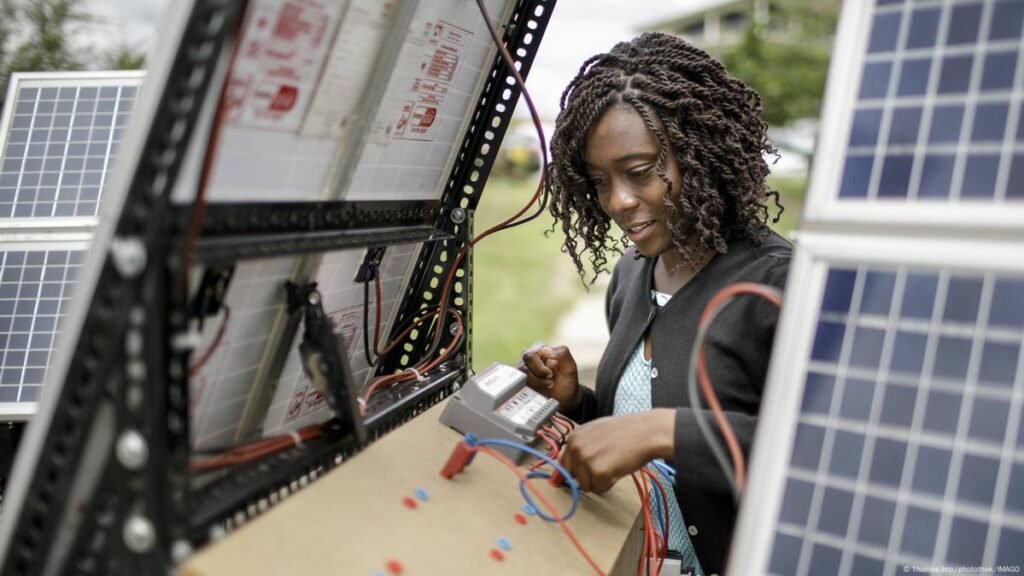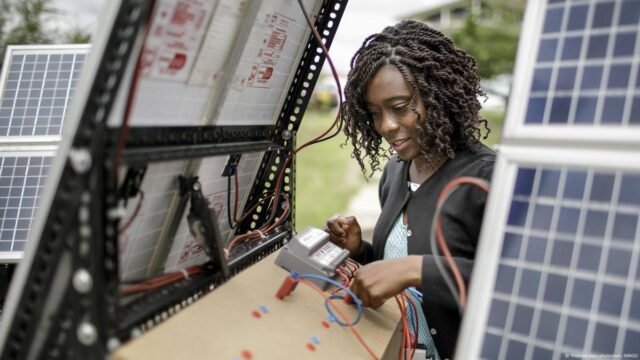In a remarkable move that underscores both opportunity and urgency, Kenya has emerged as the biggest importer of solar panels in East Africa. In the 12 months leading to June 2025, Kenya brought in a staggering 495 MW of solar capacity—nearly two and a half times the 200 MW it imported in 2021. That’s a resilient 147.5% increase in just four years.
Behind this drive is a pressing need: unreliable electricity supply and mounting hunger for digital access. As Kenya climbs towards the goal of universal electricity, solar energy is doing heavy lifting. Between 2013 and 2023, the proportion of Kenyans with electricity rose from just 37% to 79%, with solar solutions contributing to over 20% of that climb. More than three million households now rely on off-grid solar for lighting, business, and farming needs.
This surge puts Kenya ahead of its East African peers. Tanzania comes a close second, importing 422 MW, followed by Sudan with 413 MW—impressive given its conflict-affected status. But behind them, the gap widens: Ethiopia imported 89 MW, Uganda 77 MW, Eritrea 51 MW, while South Sudan and Rwanda lag at 5 MW and 4 MW, respectively.
Table of Contents

A Continent-Wide Solar Wave: Far Beyond Kenya
Kenya’s boom reflects a broader continental transformation. According to Ember’s latest analysis of Chinese customs data, Africa imported a record 15,032 MW of solar panels in the year to June 2025—a 60% jump from the previous year’s 9,379 MW. The numbers confirm that this isn’t a fluke—2025 marks the first evidence of a genuine solar take-off across Africa.
Notably, while South Africa still tops the list in volume, the fastest growth is elsewhere. Ember notes that Nigeria has overtaken Egypt to become Africa’s second-largest importer, and Algeria is nipping at its heels.
In fact, 25 African countries imported at least 100 MW, up from only 15 countries in the previous year. Algeria posted a phenomenal 33-fold increase, while countries like Zambia, Botswana, Sudan, Liberia, DR Congo, Benin, Angola, and Ethiopia more than tripled their solar imports.
That level of import volume is no small feat—it’s enough, in some places, to transform national energy landscapes. Sierra Leone’s imports alone could generate 61% of its reported electricity output in 2023; Chad’s imports could cover 49%; Liberia, Somalia, Eritrea, Togo, and Benin could see generation increases of more than 10%.
Digital Access and Economic Wellsprings: Why Kenya’s Solar Surge Matters
The solar boom in Kenya isn’t just about bulbs lighting up and farms running pumps—it also has enormous implications for digital access, entrepreneurship, and economic inclusion.
Off-grid solar systems power smartphones, charge devices, and run internet modems—even in communities far from the grid. In rural areas, this light-and-wifi combo opens doors to education, business, e-commerce, mobile money, and vital services. For households and small shops empowered by solar, the difference is tangible.
Kenya’s case stands out for how solar adoption translates into digital reach. Pay-as-you-go (PAYGo) models, pioneered by companies like M-Kopa, allow low-income families to afford solar systems through manageable instalments. These systems often come bundled with digital connectivity and battery power, turning energy access into instant gateways to the internet.
Moreover, the energy savings are real. In Nigeria and similar markets, avoiding diesel costs alone can pay off solar investments in as little as six months. That’s capital that can instead go into data bundles, small-business proliferation, or further digital investment.
At the national level, such shifts ease pressure on overstretched grids, reduce reliance on costly fuel imports, and create demand for local tech ecosystems—entrepreneurs offering remote learning, fintech services, or agri-tech tools can now thrive where they couldn’t before.

Looking Ahead: Opportunities and Challenges for Kenya and the Region
Kenya’s lead in solar imports shines a spotlight on bigger opportunities—and hurdles—for East Africa’s energy-digital future.
On the positive side:
- Renewable potential is vast. Kenya receives 4–6 kWh/m² of solar radiation daily, making it superbly positioned for both utility-scale and off-grid generation.
- Supportive policy environment. VAT exemptions and zero-rating of import duties for renewable energy equipment have helped bring down costs.
- Proven PAYGo models. M-Kopa and similar ventures have shown that distributed financing works—and accelerates both energy and digital inclusion.
- Grid-scale solar projects on the rise. Kenya already hosts major plants like Garissa (55 MW), Malindi (52 MW), and is exploring novel solutions like a 42.5 MW floating solar station on Kamburu Dam.
At the same time, challenges persist:
- Dependence on Chinese imports. African solar capacity hinges on external supply—Kenya included—which can leave the market vulnerable to trade shocks or price swings.
- Limited local manufacturing. Presently, the local assembly is nascent and lacks scale. Without building a stronger domestic ability to make panels, the region remains tied to foreign production.
- Finance gaps. While grants and loans exist, investment levels must ramp up significantly to make universal access a reality. The African Union’s “Mission 300” ambitions—to mobilise renewables to 300 GW by 2030—remain a distant target unless financing shifts into high gear.
Nevertheless, Kenya’s solar panel boom offers a clear path forward. By deepening investments in local manufacturing, nurturing PAYGo and mini-grid innovators, and aligning energy access with digital inclusion strategies, Kenya—and the wider region—can ride this solar wave into a future that’s brighter, cleaner, and more connected.

Conclusion
Kenya, leading East Africa in solar panel imports, is no accident—it’s the product of policy, innovation, need, and sunlight. As solar brings light to homes, it also invites connectivity, commerce, and growth. By turning solar capacity into digital access, Kenya is writing a playbook for how nations can leapfrog energy constraints and spark human advancement.
Join Our Social Media Channels:
WhatsApp: NaijaEyes
Facebook: NaijaEyes
Twitter: NaijaEyes
Instagram: NaijaEyes
TikTok: NaijaEyes





